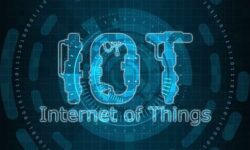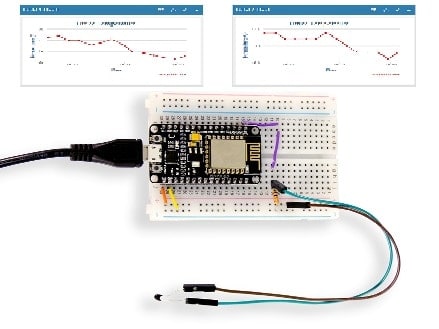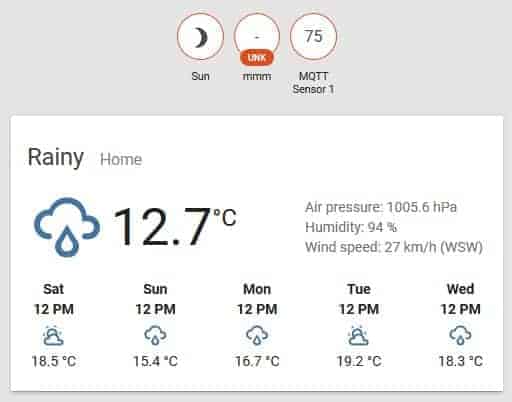6 Smart Home Automation Ideas

Aside from battles and weaponry, technology has contributed positively to health, lifestyles, and other areas. With that in mind, one significant question arises what distinguishes smart home technologies, though? In a nutshell, “smart home technologies” refers to a collection of home gadgets and equipment that can automatically customize your home to suit your demands through a networked connection. This can involve managing the access control to your house, lighting settings, room temperatures, and even the operation of smart automobiles, garage doors, and televisions. Moving forward, here’s the catch. What smart home technologies are differentiating themselves this year? Well, here is a blog that lists 6 Smart Home Automation Ideas in 2022. Let’s investigate!













